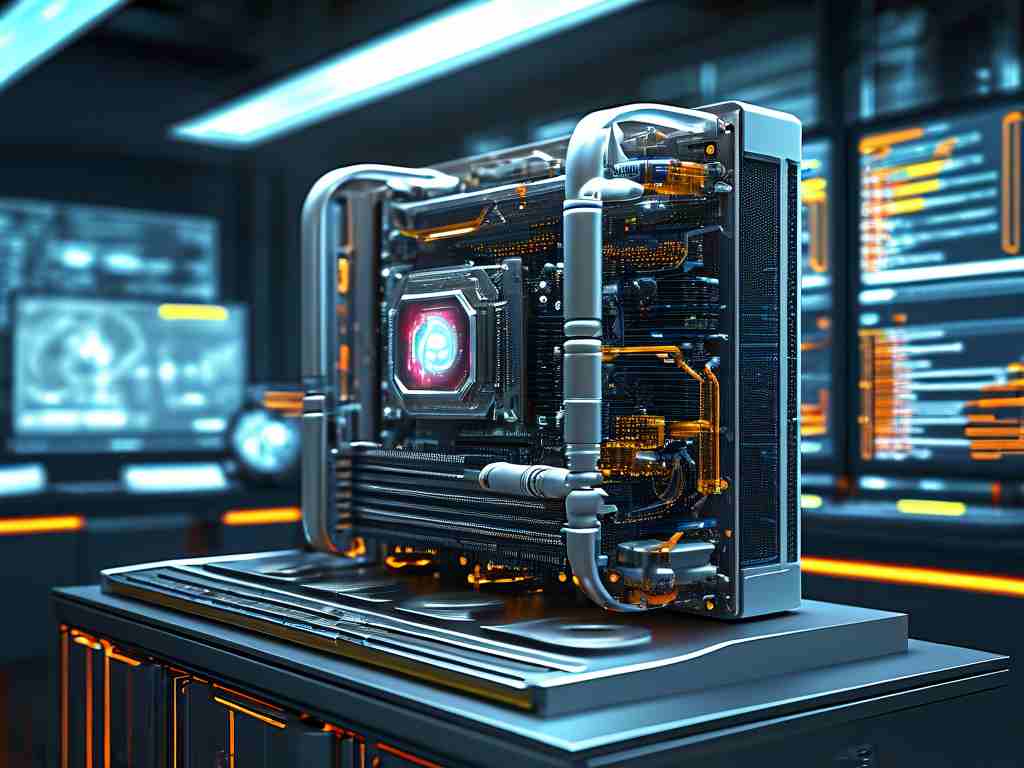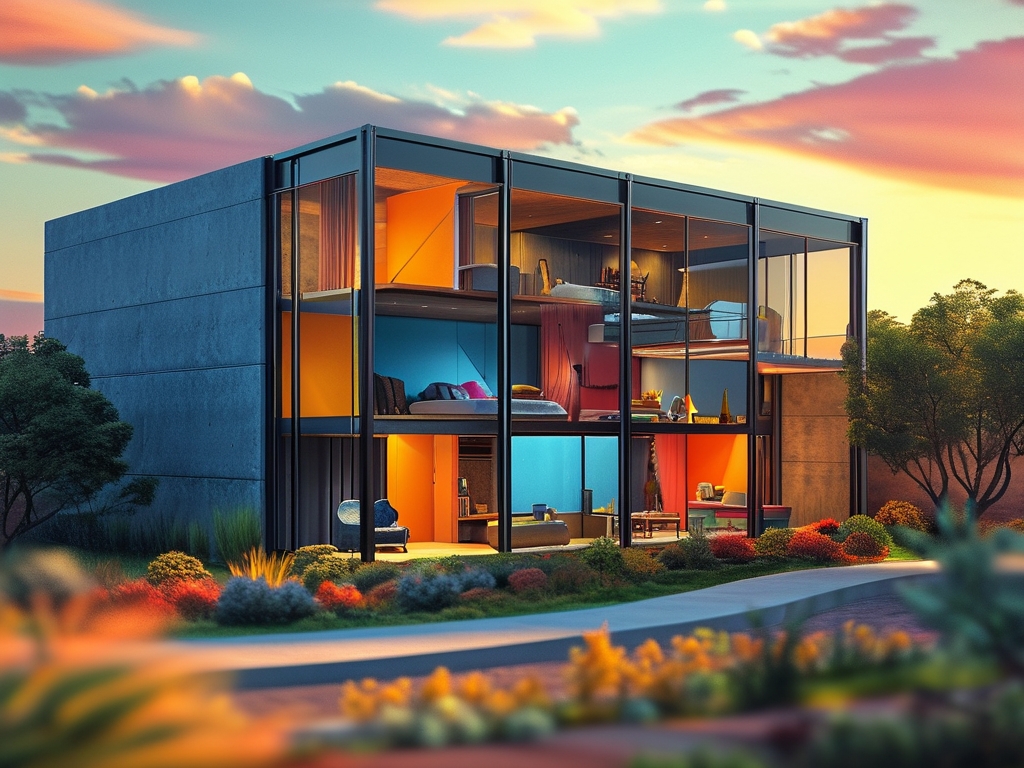Understanding how graphics memory (VRAM) works is essential for optimizing visual performance in gaming, design, and machine learning applications. This article breaks down the calculation process while addressing common misconceptions.

Fundamentals of Graphics Memory Allocation
Graphics memory stores textures, frame buffers, and shader data required for rendering images. Unlike system RAM, VRAM is specifically designed for high-speed parallel data access. The base formula for estimating required VRAM involves three components:
- Resolution: Pixel count (width × height) determines the base memory needed for a single frame.
- Color Depth: Bits per pixel (e.g., 32-bit color uses 4 bytes per pixel).
- Buffers: Multiple buffers (front/back buffers, depth/stencil buffers) multiply the total.
For example, a 1920×1080 resolution at 32-bit color depth requires:
1920 × 1080 × 4 bytes = 8,294,400 bytes (≈8.3 MB) per frame. With triple buffering, this triples to ≈24.9 MB.
Advanced Factors in Modern Workloads
Modern GPUs handle layered complexities:
- Anti-aliasing: MSAA 4x quadruples memory usage for sampled pixels.
- Texture Compression: Techniques like BC7 reduce texture memory by 50-75% without visible quality loss.
- Ray Tracing: Acceleration structures (BVH) may consume 10-15% of total VRAM in AAA games.
A practical calculation for a game at 4K resolution (3840×2160) with 8x MSAA and ray tracing enabled:
Base pixels: 3840 × 2160 = 8,294,400
MSAA 8x multiplier: ×8
Color depth: 32 bits (4 bytes)
Frame buffer: 8,294,400 × 8 × 4 = 265,420,800 bytes (≈253 MB)
Ray tracing structures: +12% ≈ 283 MB
Total per frame: ≈536 MB Triple buffering would push this to 1.6 GB before accounting for textures.
Texture and Asset Memory Management
Game assets often dominate VRAM usage. A 4096×4096 uncompressed RGBA texture consumes:
4096² × 4 bytes = 67,108,864 bytes (64 MB).
Compressed via BC7, this drops to 16 MB. Professional 3D tools like Blender may retain uncompressed textures for editing precision, drastically increasing requirements.
Optimization Techniques
- Mipmapping: Stores scaled-down texture versions, reducing distant object memory usage by 33% on average.
- Virtual Texturing: Streams texture portions on demand, popular in open-world games.
- API-Level Control: Vulkan/DirectX12 allow manual memory allocation, preventing driver overestimates.
Case Study: VRAM in AI Applications
Machine learning frameworks like PyTorch leverage VRAM differently. A 12GB GPU training a ResNet-50 model with batch size 32 requires:
Model parameters: 25.5 million × 4 bytes = 102 MB
Batch data: 32 × 224×224×3 × 4 bytes = 19,259,904 bytes (≈18.4 MB)
Intermediate tensors: ≈1.2 GB
Total: ≈1.32 GB This leaves headroom for larger batches or complex models, demonstrating how calculation methods vary across use cases.
Accurate graphics memory calculation requires analyzing resolution, rendering techniques, and asset management strategies. As display technologies evolve toward 8K and 240Hz refresh rates, understanding these principles becomes critical for hardware selection and performance tuning. Professionals should always validate theoretical calculations with tools like GPU-Z or NVIDIA Nsight to account for driver-level optimizations.


